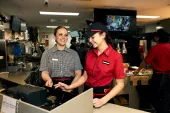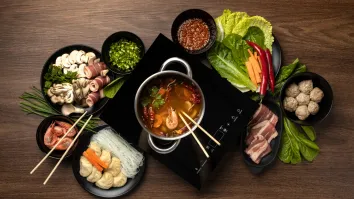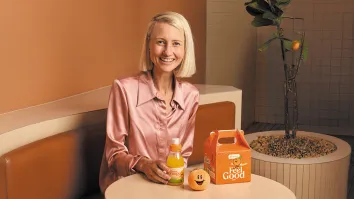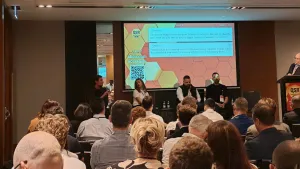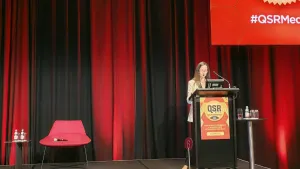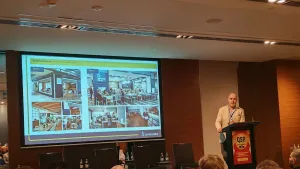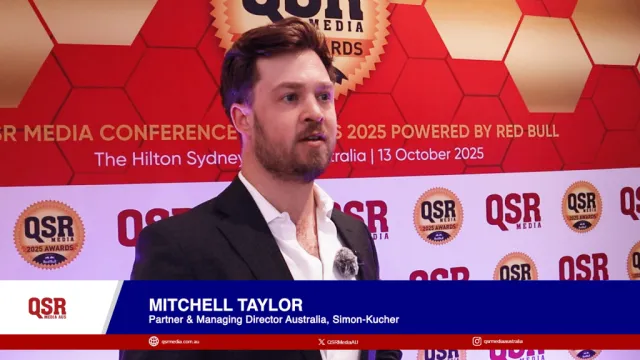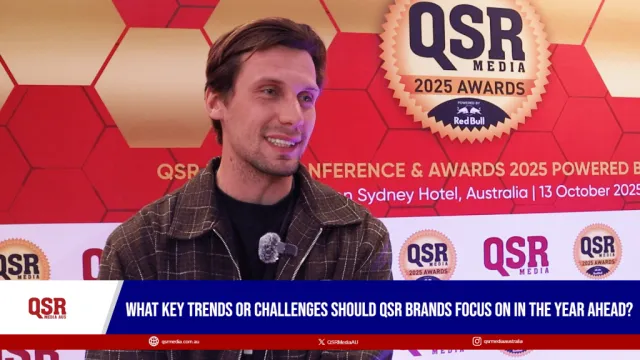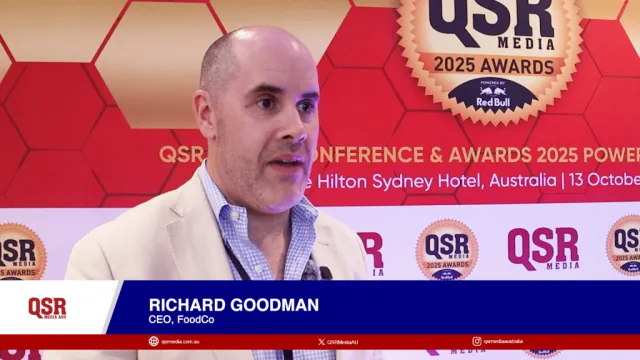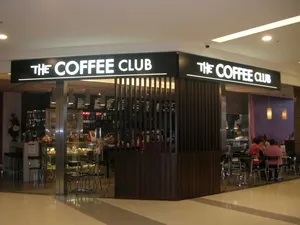
The Coffee Club and Wendys take us back to the drawing board
Menu items don’t just spring to life; executive chefs share with QSR Media what they consider when developing new product lines.
Primordial concern, as in any business, is the market. For whom is the product? Carole Holroyd, National Product Development Manager at Wendys, says, “Firstly, ensure your target market is clearly defined and understood.” Meanwhile The Coffee Club Executive Chef Dan Forrest also puts the customer on top of the list of considerations when coming up with a new offering. “The guest is always first to mind when you are in ‘concept stage’ for a new product,” he says.
For Peter Augoustis, Head Chef at Crust, the things to watch out for are nutritional/brand criteria, product availability, and whether the product is commercially viable.
“Once that target market is identified, aligning your price point accordingly is critical,” notes Holroyd of Wendys. Forrest, on the other hand, further states, “As part of an international franchise group, it is very important to also ensure impact of a new item is in the best interest of the business at store level and as a representation of the brand.”
Looking at the other side of the process, QSR Media finds out from suppliers that one of their main concerns is the store’s restrictions. Mark Baylis, Executive Chef of Unilever Food Solutions, elaborates, “The top three things that we consider when briefed by a QSR is first the operational capability of the QSR - what constraints do they have, understanding the equipment they use and the ability of staff.”
Adam Moore, Corporate Executive Chef for Campbell Arnott's Asia Pacific, shares the same view. He says, “As a supplier to all major QSRs, the three golden rules are: be mindful of your customers’ restrictions on cooking in-store and make sure the products you design fit their technologies, so custom-design; make sure it can travel in existing travel platforms nationally; and easy to use in-store to prevent injury and for portion control or wastage control.”
Second on Baylis’ list is the format of the product. “This will provide direction and guidance on the exact format and recipe to be developed; for example, is the product enhancing a menu item via taste or mouth feel, or perhaps the QSR is requiring a premium or a more budget-focused product,” explains the executive chef from Unilever Food Solutions.
“Finally, we work with the QSR to ensure we have a strong understanding about their business and their consumer, this enables us to not only provide products that meet their brief but also ensuring we are proactive and equipped to support their business,” Baylis adds.
Completing the development process is the execution. Forrest of The Coffee Club concludes, “Finally, how it is going to be communicated to both internal and external customers encompasses how the product will look within the ‘Point of Sale’ material and how the product will be executed and presented to the guest.”
“And last, but not least, demand for the product needs to be strong – and if it doesn’t exist already, a strong advertising and promotion campaign is essential,” states Wendys’ Holroyd.

